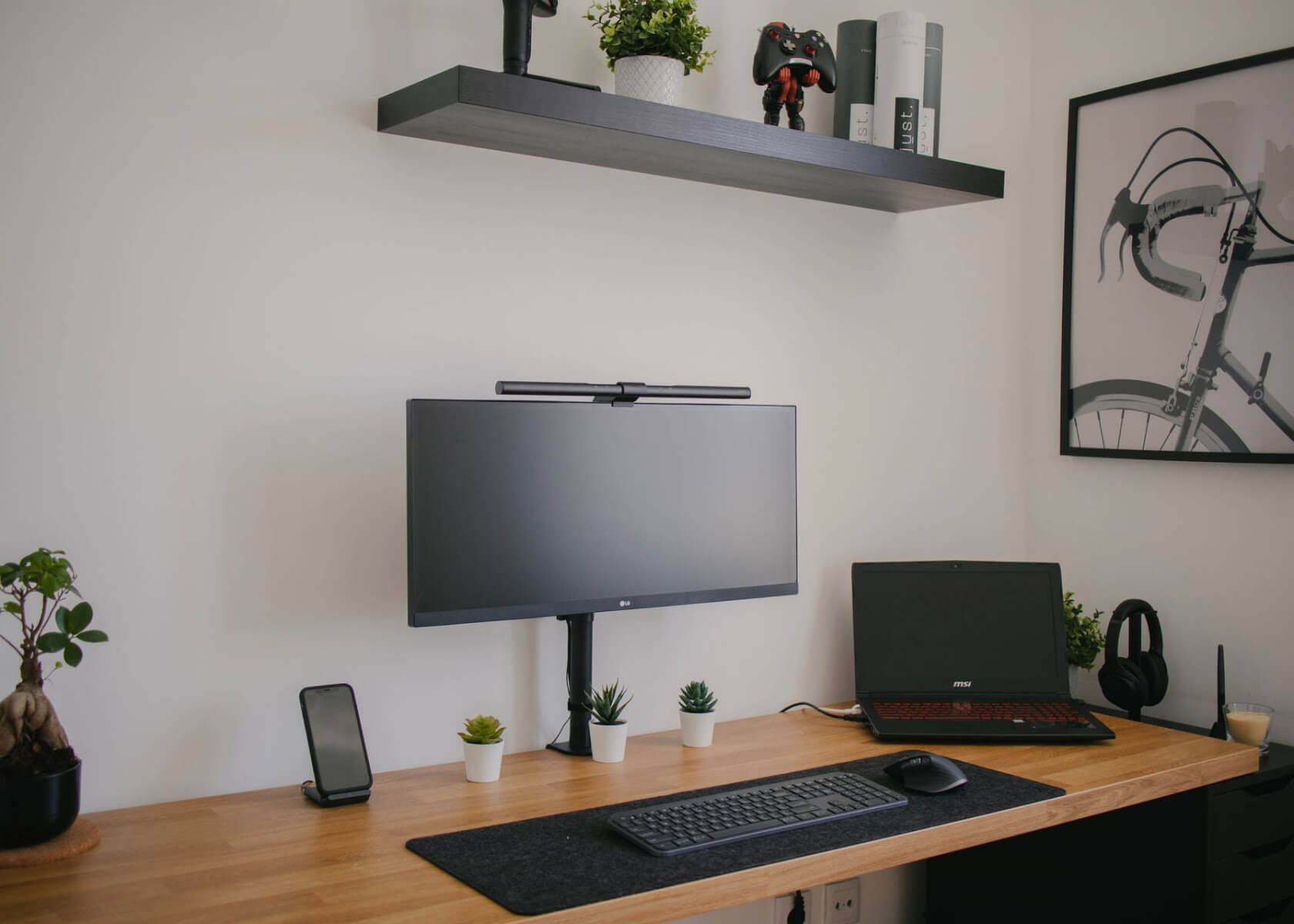Design Your Own Personalized Planner Using Notion: A Step-by-Step Guide

New to Notion?
How to Design a Personalized Planner Using Notion
Notion is a powerful all-in-one productivity tool that lets you create a personalized planner tailored to your unique needs. With its intuitive interface and a continually expanding range of features—including enhanced database capabilities, integration improvements, and seamless collaboration—you can design a planner that integrates your goals, schedules, tasks, notes, and more. In this article, we will explore step-by-step how to design and set up a personalized planner using the latest Notion features and best practices.
Step 1: Determine Your Planner Structure and Layout
Before diving into the design process, decide on the structure and layout for your planner. Consider the different sections you’d like to include, such as:
- Weekly or monthly views
- Goals
- Habit trackers
- Project lists
- Notes
Sketch out a rough outline of how you want your planner organized, keeping in mind your specific needs and objectives.
Step 2: Create a New Notion Workspace
Begin by creating a new workspace in Notion specifically for your planner. This workspace will be the foundation for organizing all your planner sections and pages. To create one, click the "+" button in the sidebar (or use the new workspace option available under your settings in case you’re using a newer version), and select "New Workspace".
Step 3: Create Planner Pages and Sections
With your workspace set up, start building the main sections of your planner:
- Click the "+" button in the sidebar and select "New Page".
- Name each page according to the sections you want to include, such as "Weekly View", "Monthly Goals", or "Habit Tracker" (you can explore templates for inspiration).
- Use Notion’s drag-and-drop feature to easily reorder and reorganize these pages to suit your workflow.
Step 4: Customize the Weekly View
A weekly view is one of the most popular sections of a planner, as it helps organize tasks, appointments, and deadlines by week. You can set this up in two ways:
- Option 1: Templates
Notion now offers an even broader range of pre-built templates. Click the "+" button, choose "Template", and browse the available options for planner layouts. Select one that best fits your style and needs.
- Option 2: Custom Layout
For a more personalized approach, create your own weekly view by building databases such as a table or calendar. Add properties like tasks, appointments, deadlines, and inline checkboxes for task completion. Use properties for due dates and color-coded labels to categorize activities effectively.
Step 5: Set Up Monthly Goals
The monthly goals section helps you set and track your objectives for each month. Create a new page and add a database table or a bulleted list to define your monthly targets. Consider including a progress tracker—using inline checkboxes or visual progress bars—to monitor your progress over time. You can also attach related documents, images, or links for additional context and resources.
Step 6: Build a Habit Tracker
A habit tracker in Notion enables you to establish and maintain daily habits or routines. Create a new page dedicated to this purpose and choose from these options:
- Option 1: Table
Build a table with columns for habit name, frequency, and status. Utilize inline checkboxes, multi-select options, or even formula-driven progress indicators to visualize habit completion.
- Option 2: Kanban Board
Leverage Notion’s Kanban board feature to track habits visually. Create columns for different stages or categories of your habits and add cards for each habit. Move cards across columns as you progress, and enhance the board by adding labels or due dates.
Step 7: Incorporate Project Lists
If you’re managing multiple projects or ongoing tasks, integrate project lists into your planner. Create a new page for your projects and use tables or board views to organize them. Include columns for project status, deadlines, and priority. Linking tasks to related project pages can simplify navigation and enhance your overall organization.
Step 8: Add Notes and Journaling Sections
Notion’s flexibility allows you to create dedicated sections for notes, ideas, or journaling. Create new pages for these purposes and choose a layout that works best for you—whether it’s simple text, bullet lists, toggle lists, or additional embedded media such as images or videos. For structured journaling, consider using the Journal Template as a starting point.
Step 9: Customize Your Planner's Appearance
Personalize your planner’s look by taking advantage of Notion’s customization options:
- Experiment with different fonts, highlight colors, and layout styles to create a workspace that is both functional and aesthetically pleasing.
- Add cover images, icons, or emojis to each page for enhanced visual appeal and easier navigation.
These tweaks ensure that your planner not only functions well but also provides daily inspiration.
Step 10: Utilize Notion's Collaboration and Integration Features
Notion excels in collaboration and integration. Share your planner with colleagues, friends, or family members by setting appropriate permissions, and even assign tasks directly within Notion. The platform integrates with various external services such as Google Calendar and Trello, ensuring your data stays synchronized across platforms. Additionally, explore recent updates like improved API integrations and real-time sync features to enhance collaboration further.
Congratulations! You now have a personalized planner designed using Notion. As your needs evolve, continue to explore and refine your layout by leveraging Notion’s extensive feature set. The beauty of Notion lies in its versatility—experiment, iterate, and let your planner grow with you.
Happy planning!


